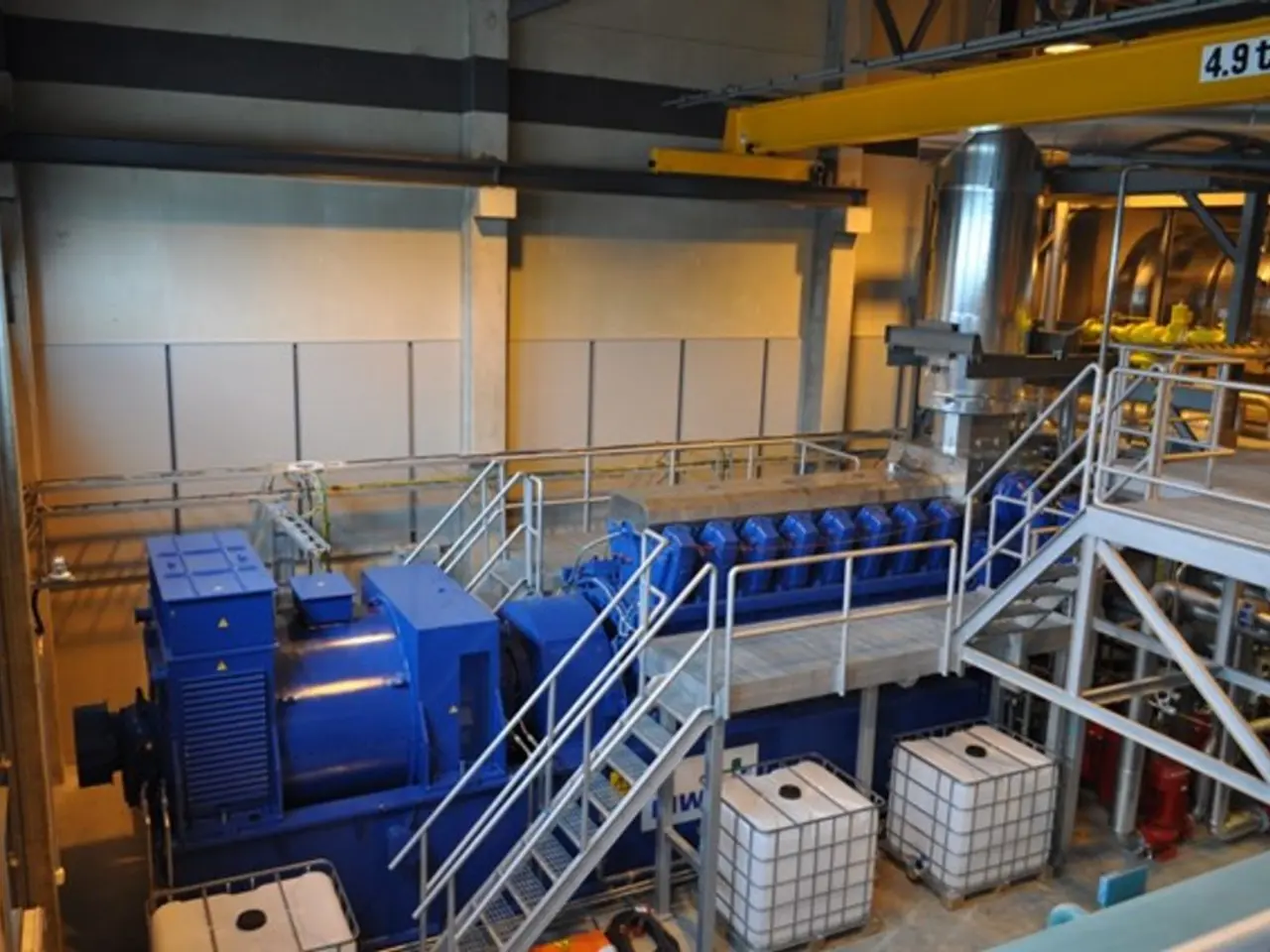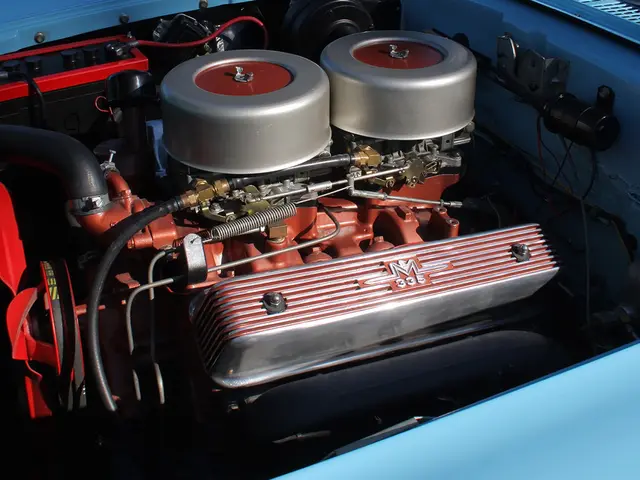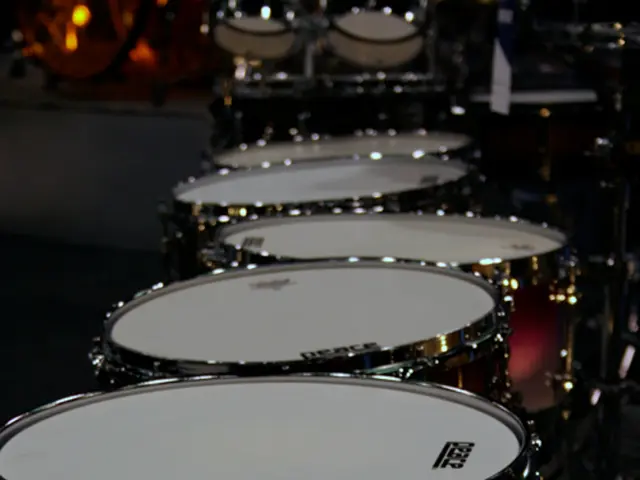Transformation in Manufacturing through 3D Printed Replicas
In the modern world, 3D printing technology is transforming various industries, and none more so than the production of spare parts. From homeowners to multinational corporations, the benefits of this innovative technology are becoming increasingly apparent.
For home users, 3D printing offers a cost-effective solution for repairing appliances, toys, and household items. Instead of purchasing expensive replacement parts, homeowners can now create their own using 3D printers. This is made easier by online repositories that provide downloadable designs for common spare parts, eliminating the need to create models from scratch.
The automotive industry is another sector embracing 3D printing. BMW, for instance, produces over a million 3D printed parts annually, including production components and custom tooling. This technology allows for the creation of complex geometries impossible with traditional manufacturing, resulting in lightweight, optimized parts that improve equipment performance while reducing material usage. Moreover, 3D printed spare parts enable on-demand manufacturing, reducing storage costs and improving response times.
Automotive manufacturers also use 3D printing for repair components, creating lightweight components that enhance fuel efficiency while maintaining structural integrity. Companies in Germany, such as Materialise GmbH, K&K Prototypenbau, Toolcraft, and Glashaus 3D, are at the forefront of this revolution, providing 3D printing services for various industries.
Distributed manufacturing, a result of 3D printing, places spare parts production closer to where they are needed, reducing transportation costs and delivery times. This localized manufacturing capability eliminates delays associated with traditional spare parts procurement.
Common household applications of 3D printing include appliance components, electronic device parts, and furniture hardware. Manufacturing facilities also use 3D printed spare parts to minimize downtime and reduce inventory costs, producing custom tooling, jigs, and fixtures on-demand.
3D printing consolidates manufacturing by reducing dependency on multiple suppliers for different components. Digital part libraries replace physical inventory for discontinued items, eliminating storage costs while maintaining repair capabilities indefinitely.
Specialized sector applications of 3D printed spare parts include classic car restoration and racing teams creating custom parts for specific track conditions or vehicle modifications. The ability to print critical components locally also makes supply chain disruptions less problematic.
On-demand manufacturing through 3D printing significantly reduces costs for legacy components. Industrial applications of 3D printed spare parts include custom tooling, prototype parts, and legacy component replacement. Obsolete equipment challenges are solved by recreating parts from digital files or reverse engineering with 3D printing.
Whirlpool is one of the companies adopting 3D printing for spare parts manufacturing, allowing them to produce components quickly without maintaining large inventories. The practical solutions delivered by 3D printed spare parts are evident across diverse industries, from manufacturing plants to homeowners.
As 3D printing technology continues to advance, it is clear that its impact on spare parts production will only grow. The benefits it offers in terms of cost, efficiency, and environmental impact make it an invaluable tool in our increasingly interconnected world.








